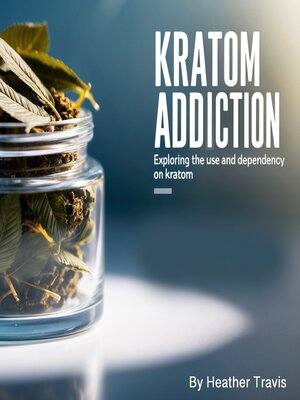Kratom Addiction
audiobook (Unabridged) ∣ Exploring the Use and Dependency on Kratom
By Heather Travis

Sign up to save your library
With an OverDrive account, you can save your favorite libraries for at-a-glance information about availability. Find out more about OverDrive accounts.
Find this title in Libby, the library reading app by OverDrive.



Search for a digital library with this title
Title found at these libraries:
| Library Name | Distance |
|---|---|
| Loading... |
This audiobook is narrated by a digital voice.
In the tropical rainforests of Southeast Asia, a tree belonging to the coffee family has been used for centuries by indigenous communities as a traditional medicine and work aid. Mitragyna speciosa, commonly known as kratom, has evolved from a relatively obscure botanical remedy into one of the most debated and controversial substances in modern discussions about addiction, pain management, and drug policy. The story of kratom's journey from traditional use in Thailand, Malaysia, and Indonesia to widespread availability in Western countries illustrates the complex challenges that arise when culturally embedded plant medicines encounter modern regulatory frameworks and contemporary patterns of substance use.
The traditional use of kratom in Southeast Asian cultures provides important context for understanding both its potential benefits and risks. For generations, laborers in Thailand and Malaysia have chewed fresh kratom leaves or brewed them into tea to combat fatigue, increase work productivity, and manage pain from physically demanding jobs. This traditional use was typically characterized by moderate, functional consumption integrated into daily work routines and social customs. The plant was also used medicinally to treat various ailments including diarrhea, cough, and opioid withdrawal symptoms, with traditional preparation methods and dosing practices that had been refined over centuries of use.
The pharmacological complexity of kratom sets it apart from many other plant-based substances and contributes to both its therapeutic potential and its addiction liability. Kratom contains over forty alkaloids, with mitragynine and 7-hydroxymitragynine being the most pharmacologically active compounds.







